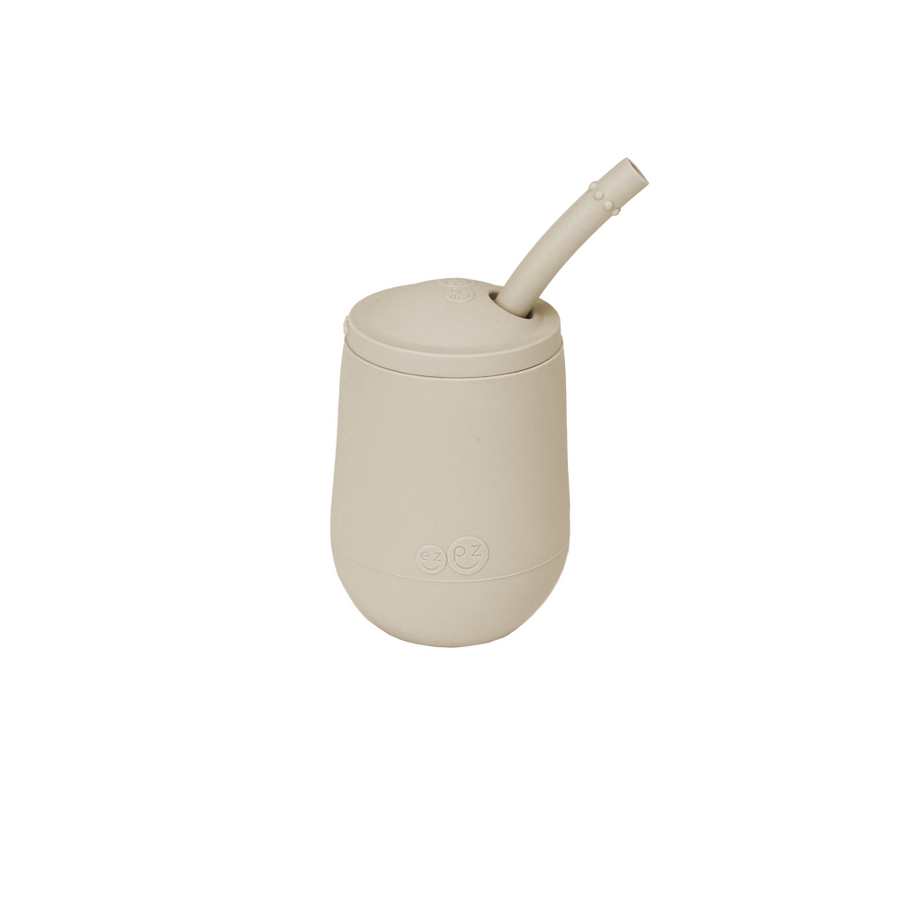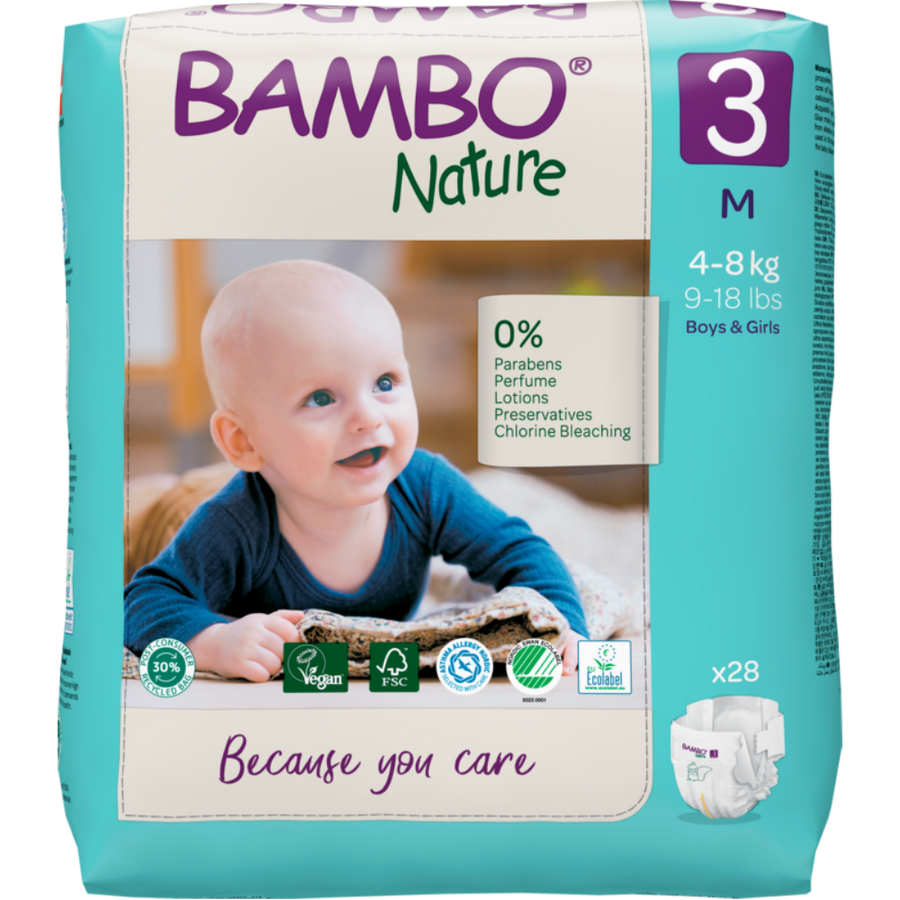Transitioning from Baby-Led Weaning (BLW) to Family Meals: Making the Shift Smooth in Indian Households

Baby-Led Weaning (BLW) is a parenting milestone celebrated for its hands-on, intuitive approach to introducing solid foods. It has gained popularity among Indian parents for promoting independence, motor skills, and a healthy relationship with food. But while much has been said about the benefits of BLW, there’s little conversation around what comes next. How does your baby adapt to the lifestyle changes as they move beyond those first self-feeding experiences?
At AllThingsBaby, we understand that the transition from Baby-Led Weaning to family meals is a significant step in your baby’s journey. It’s not just about introducing new foods; it’s about integrating your baby into the family’s daily routines and cultural traditions. This stage is filled with questions:
“How do you ensure your baby is still getting the right nutrition?”
“How do you manage the spices and flavors of Indian cuisine?”
“How do you make mealtime a smooth and enjoyable experience for your little one?”
In this blog, we’re here to guide you through this next phase, offering practical tips and insights to help your baby smoothly transition from BLW to sharing meals with the family. Because at AllThingsBaby, we believe that every step in your baby’s journey deserves thoughtful attention and care.
Start With Simple, Mild Versions Of Family Dishes
Indian cuisine is known for its vibrant flavors, but many dishes can be too spicy or complex for a baby’s developing palate. As you begin the transition, consider preparing milder versions of your family’s favorite dishes. For example, if you’re making dal, set aside a portion before adding chili powder or heavy spices. This allows your baby to enjoy the same meal as the rest of the family without overwhelming their taste buds.
Tip: Gradually introduce your baby to more spices as they grow older. Start with gentle spices like cumin, turmeric, or coriander, which are often well-tolerated by young children.
Tip: Gradually introduce your baby to more spices as they grow older. Start with gentle spices like cumin, turmeric, or coriander, which are often well-tolerated by young children.
Focus On Balanced Nutrition
As your baby begins to eat what the family eats, it’s essential to ensure they’re still getting a balanced diet. Indian meals are often rich in carbohydrates, such as rice or roti, so make sure to include a variety of proteins (like lentils, eggs, or paneer), vegetables, and healthy fats. This variety will help meet your baby’s nutritional needs while exposing them to a wide range of tastes and textures.
Tip: Incorporate iron-rich foods like spinach, beans, and meat into family meals, as iron is crucial for your baby’s development at this stage.
Tip: Incorporate iron-rich foods like spinach, beans, and meat into family meals, as iron is crucial for your baby’s development at this stage.
Involve Your Baby in Meal Prep
One of the great joys of transitioning to family meals is involving your little one in the kitchen. Simple tasks like washing vegetables, stirring ingredients, or picking herbs can make your baby feel included and excited about the food they’re about to eat. This involvement also reinforces the connection between food preparation and mealtime, fostering a positive attitude towards eating.
Tip: Involve your baby in selecting vegetables or fruits at the market, making them more likely to try what they’ve helped pick out.
Set A Routine For Family Meals
Consistency is key when transitioning to family meals. Try to establish regular meal times when everyone sits together at the table. This routine not only helps your baby understand mealtime expectations but also strengthens family bonds. In many Indian households, meals are a time for sharing stories and traditions—introducing your baby to this can be a beautiful way to connect them to your family’s culture.
Tip: If dinner times are late, consider starting with breakfast or lunch as the primary family meal where your baby can join in.
Tip: If dinner times are late, consider starting with breakfast or lunch as the primary family meal where your baby can join in.
Manage Expectations and Be Patient
Every baby is different, and the transition to family meals won’t happen overnight. Some days your baby might be enthusiastic about trying new foods, while on other days, they might be more reserved. It’s important to manage your expectations and remain patient during this transition. Remember, the goal is to make mealtime a positive experience, not a stressful one.
Tip: Celebrate small victories, like trying a new food or sitting through an entire meal, to keep the process encouraging for both you and your baby.
Tip: Celebrate small victories, like trying a new food or sitting through an entire meal, to keep the process encouraging for both you and your baby.
Keep Safety in Mind
Remember that safety is still a priority as you transition to family meals. Ensure that food is cut into small, manageable pieces, and continue to monitor your baby while they eat to prevent choking. While BLW encourages self-feeding, always be present during mealtimes to offer support if needed.
Tip: Avoid giving your baby foods that are choking hazards, such as whole nuts, large pieces of raw vegetables, or hard candies.
Incorporate Family Traditions
Indian cuisine is rich with tradition, and introducing these elements during mealtime can be a wonderful way to connect your baby with your family’s cultural heritage. Whether it’s a special dish for a festival or a particular way of serving food, these traditions can add meaning to your baby’s eating experience and create lasting memories.
Tip: Share stories or explain the significance of certain dishes to your baby, even if they’re too young to fully understand—it’s a lovely way to keep traditions alive.
Tip: Share stories or explain the significance of certain dishes to your baby, even if they’re too young to fully understand—it’s a lovely way to keep traditions alive.
By gradually introducing your baby to the flavors and routines of family mealtime, you’re not only nourishing their body but also nurturing their connection to your family’s culinary traditions. Wondering what products can be of assistance during your baby’s Baby-Led Weaning journey? Read this blog that tells you the best BLW brands in India currently, all available on AllThingsBaby.
We wish you and your baby the best on your Baby-Led Weaning journey. With patience, creativity, and a focus on balanced nutrition, this transition can be a smooth and rewarding experience for everyone at the table.



















Leave a comment